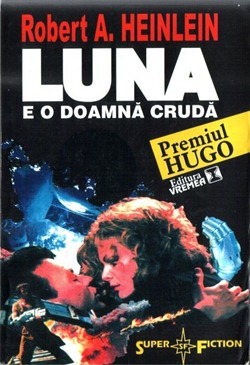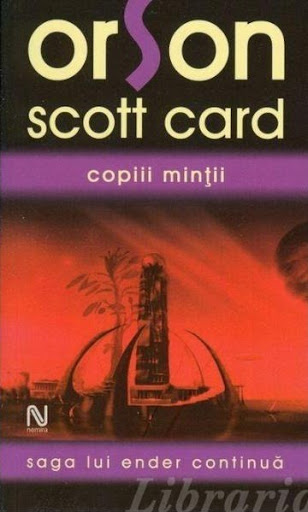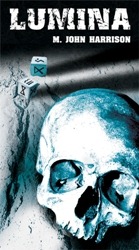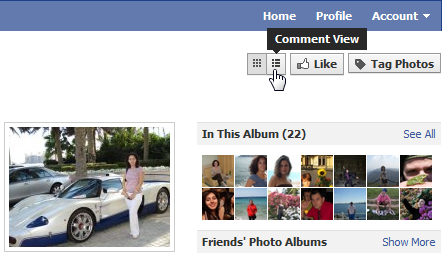 Spre sfârșitul secolului 21, în anul 2075, Luna e o colonie prosperă cu milioane de locuitori, la origine condamnați și nedezirabili de toate soiurile, care exportă în masă cereale și alte materii prime către un Pământ suprapopulată și înfometată. Sub tutela formală a Națiunilor Federative, reprezentate local de Autoritatea Lunară, economia e condusă efectiv de un super-computer cu conștiință de sine și un interes pronunțat pentru umorul uman, deși acest fapt îi e cunoscut doar tehnicianului și prietenului său, Manuel Garcia O’Kelly. El e unul din personajele principale și vocea prin care autorul redă povestea la persoana întâi. Și tot el i‑a dat computerului primul său nume și personalitate, Mike.
Spre sfârșitul secolului 21, în anul 2075, Luna e o colonie prosperă cu milioane de locuitori, la origine condamnați și nedezirabili de toate soiurile, care exportă în masă cereale și alte materii prime către un Pământ suprapopulată și înfometată. Sub tutela formală a Națiunilor Federative, reprezentate local de Autoritatea Lunară, economia e condusă efectiv de un super-computer cu conștiință de sine și un interes pronunțat pentru umorul uman, deși acest fapt îi e cunoscut doar tehnicianului și prietenului său, Manuel Garcia O’Kelly. El e unul din personajele principale și vocea prin care autorul redă povestea la persoana întâi. Și tot el i‑a dat computerului primul său nume și personalitate, Mike.
După o adunare politică care sfârșește într‑o baie de sânge în urma intervenției forțelor Autorității, Mannie se refugiază într‑o cameră de hotel din Luna City cu una din participante, gospaja Wyoming Knott din Noul Hong Kong. În curând li se alătură și profesorul Bernardo de la Paz, un exilat politic, și împreună dezbat situația politică și economică a Lunii. Ajutați de puterea de calcul a lui Mike, ei ajung la concluzia că starea de fapt, exportul continuu de resurse către Pământ, nu poate continua, ducând în mai puțin de un deceniu la foamete, lupte de stradă și colapsul iminent al coloniei. Împreună se hotărăsc să conducă o revoluție pentru obținerea independenței Lunii, pentru a putea negocia de la egal la egal cu statele pământene.

 After a week of vacation away from desktop browsing,
After a week of vacation away from desktop browsing, 
 After the
After the